A simple crash landing allows drones to perch while minimizing the need for complicated control strategies that increase computational load.
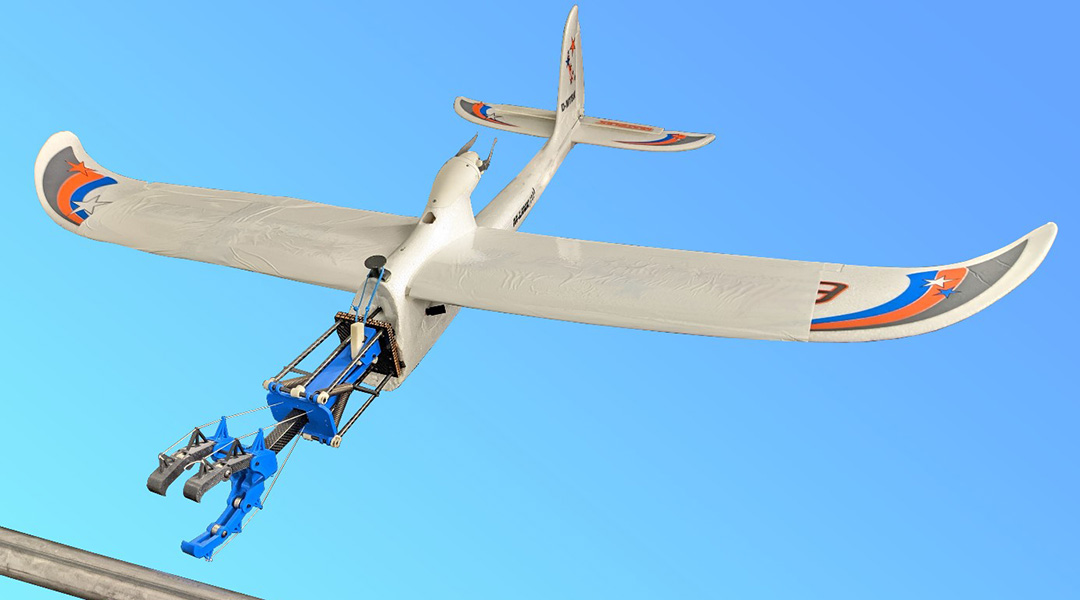

A simple crash landing allows drones to perch while minimizing the need for complicated control strategies that increase computational load.
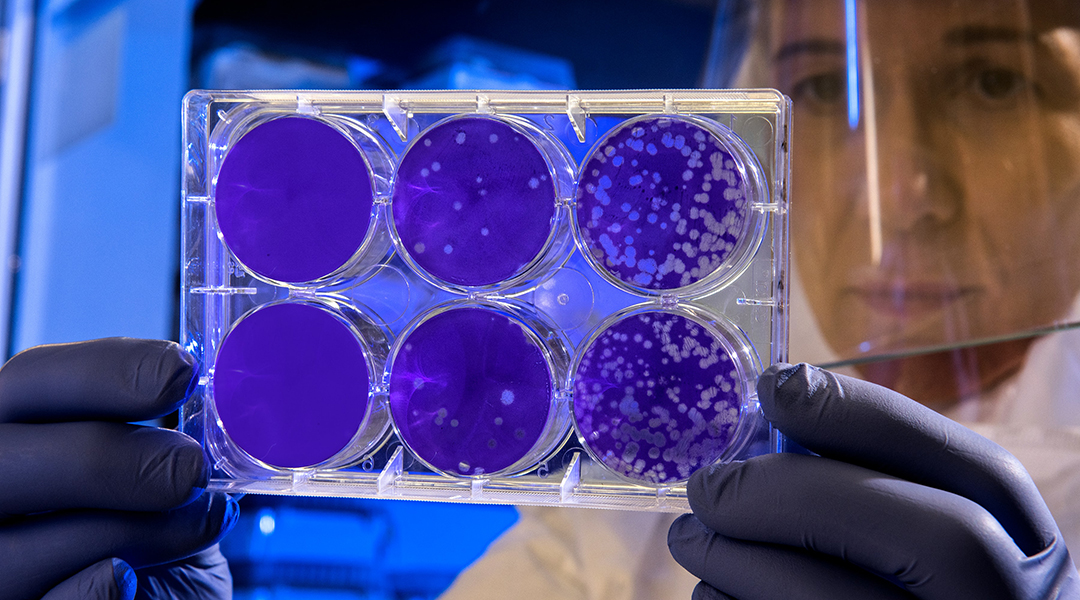
Living machines made from drug-carrying bacteria target tumors to improve the effectiveness and safety of chemotherapies.

The “Magic Bookmark” blurs the boundary between the digital and the analogue.

Robots that drive on screws can simultaneously dig up space regolith while anchoring the craft in low-gravity environments.
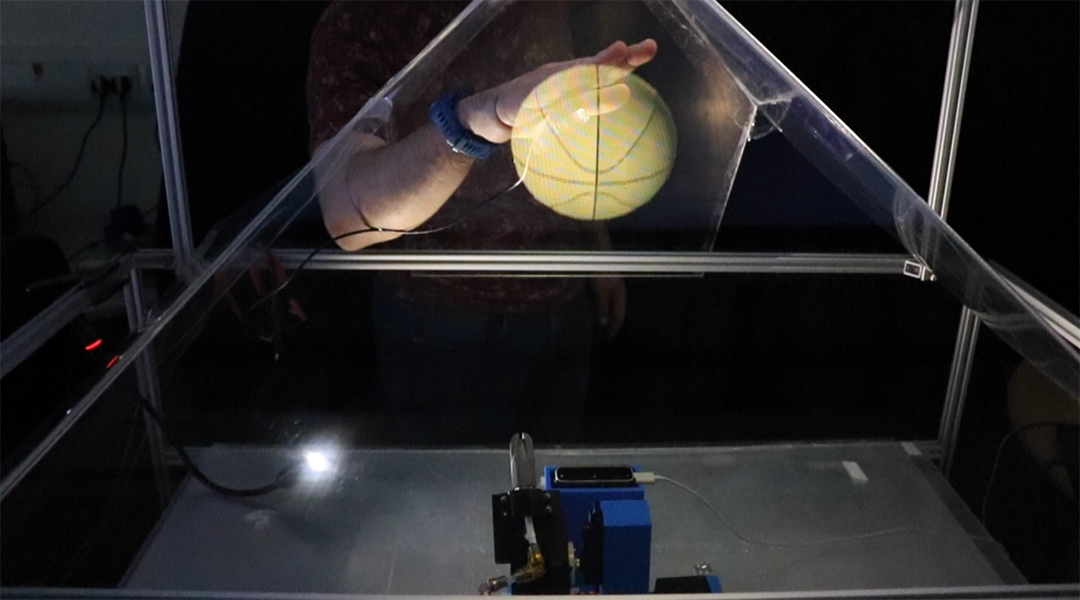
Researchers create a holographic system which users can freely and physically touch without the need for any intermediary devices.

An asynchronous and self-adaptive flyer can adjust the frequency and amplitude of its wings under specific external disturbances.
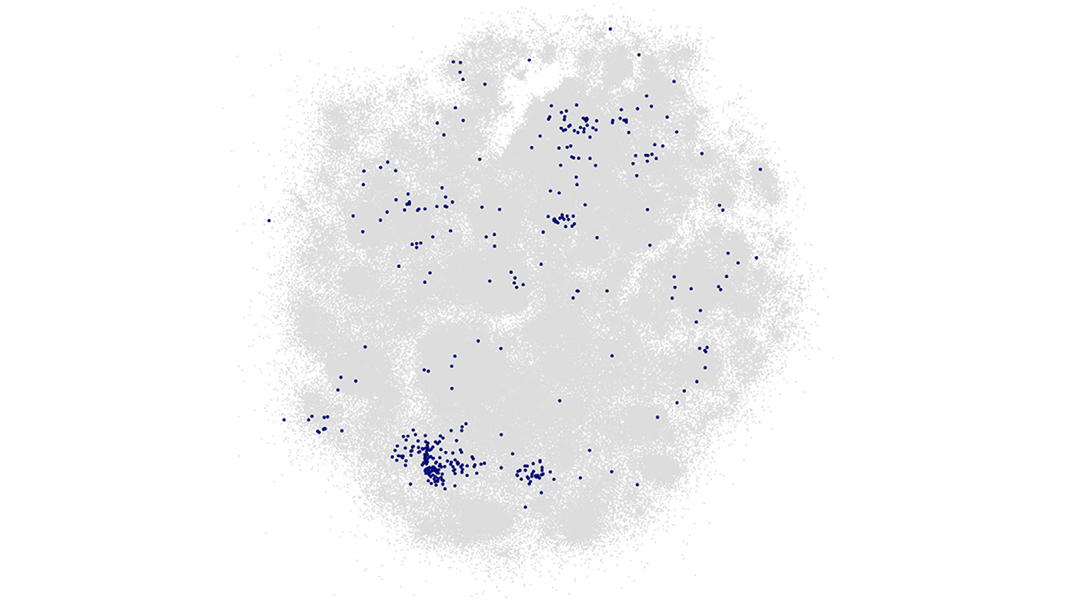
A new machine learning algorithm called “Active Learning” could help identify the best materials for any desired application.

An origami-based design enables self-guided folding and deployment of pop-up structures for various biomedical, robotic, and aerospace applications.
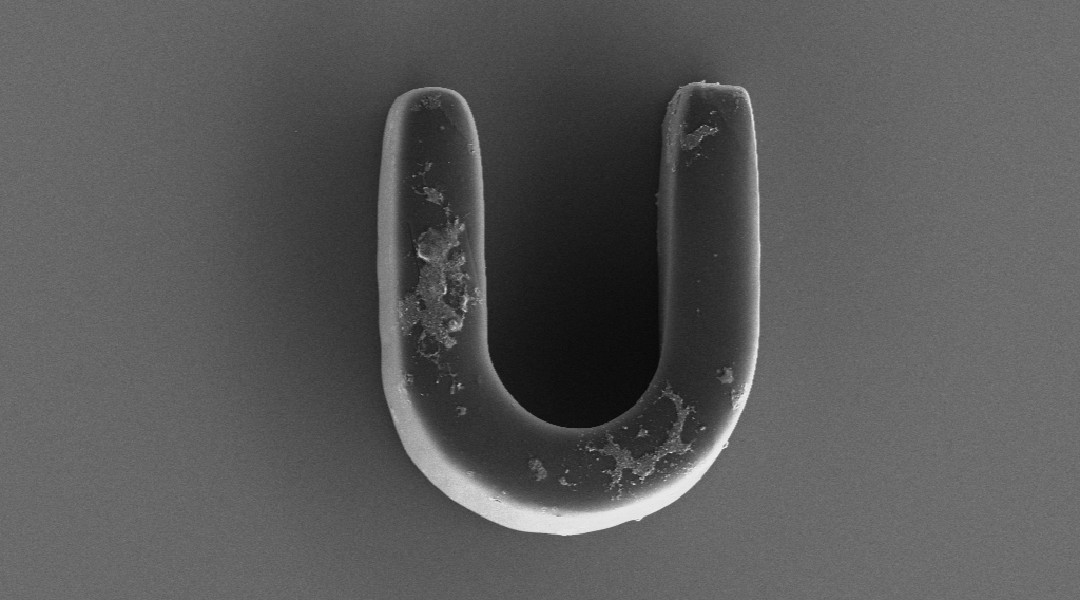
Tiny swimmers shaped like different letters in the alphabet help researchers understand motion on the microscale for future microrobot applications.
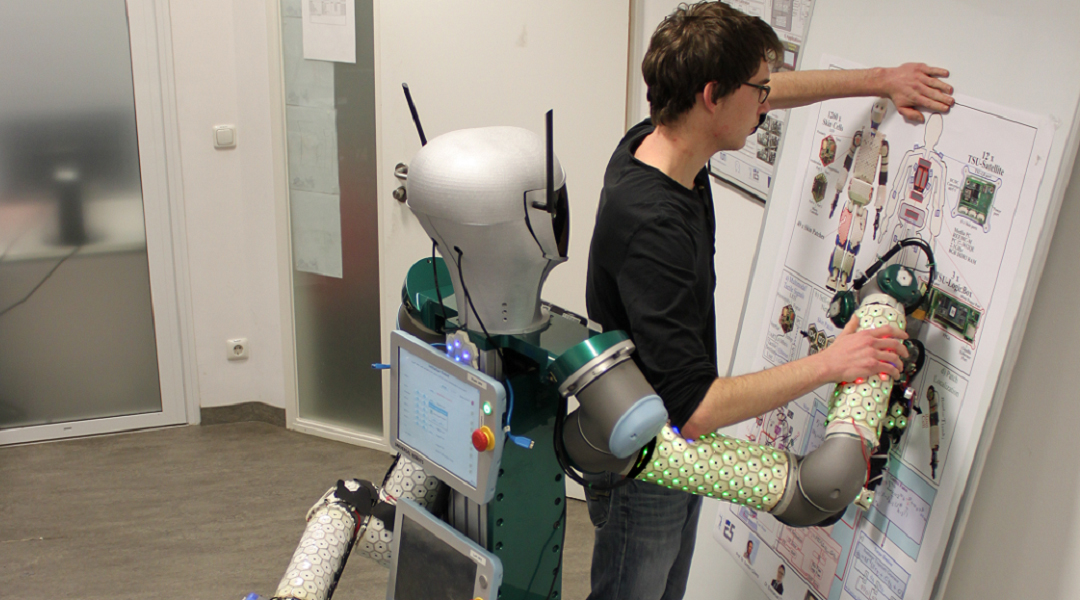
An electronic skin helps facilitate natural interactions between robots and humans.